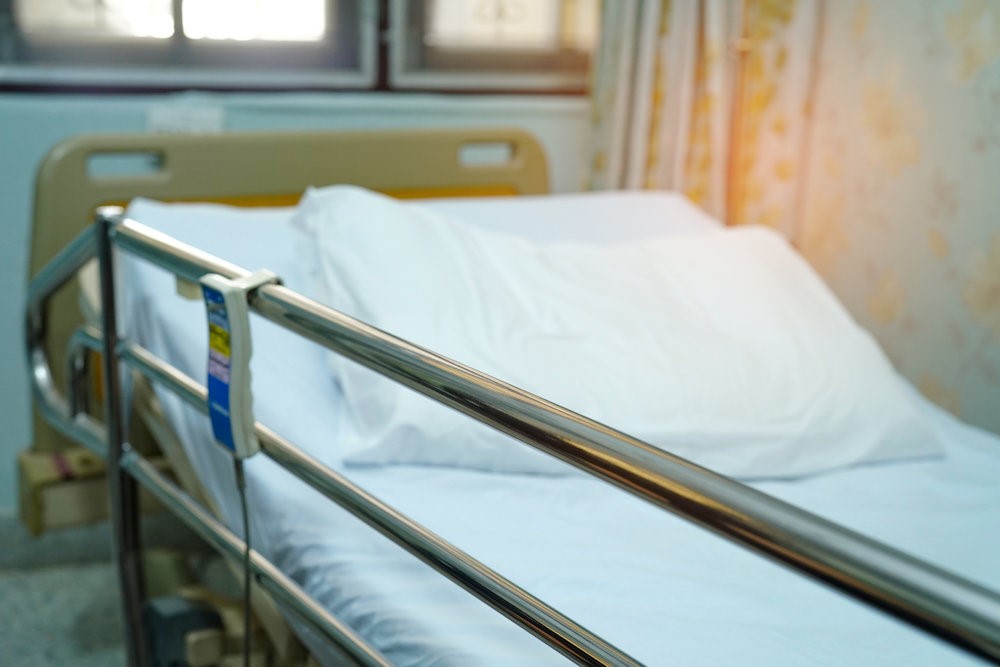Computer simulation modelling helped plan for the unknown
By Nicola Irvine - Posted on 16 July 2020
Doctor and management science researcher Nicola Irvine explains how predictive computer modelling in March helped one NHS trust plan for the unknown during the coronavirus pandemic.
The coronavirus pandemic has revealed the potency of predictive computer simulation modelling in our lives. In the UK, we moved from ‘keep calm and carry on’ to lockdown within three weeks thanks to a single agent-based model. Although now heavily criticised, its impact will be felt for years to come and it’s difficult to appreciate what we would have faced had it not been acknowledged and acted upon. This is not the UK’s first experience of controversial policy shift in the face of a single predictive model. “All models are wrong, but some are useful” said the oft quoted George Box, but how can we ensure that our models are useful, particularly when faced with potential loss of life and considerable time pressures?
The Imperial College London study was designed to explore the spread of illness across the UK according to the strategies considered at that time yet the resultant step-wise approach to lockdown left its predictions out-of-date within two weeks. Despite this, it continued to inform planning during the first half of the pandemic. Such models deliver an initial overview to guide policy, but their relevance to the contextual nuances of regional care is limited and without repeated validation they are ill-suited for planning beyond this. Each region has a unique pattern of health and morbidity and adapts its resources accordingly. Any central model’s relevancy will be diminished by a lack of granular detail in how resources are utilised, e.g. which areas deliver which care, hospitalisations due to factors other than acute illness, the behaviours of staff… Without knowledge of how patients flow through a system and how it behaves in response, any modelled outcomes will be useless to those charged with developing strategy at the local level. This is because granular detail is not the intended purpose of such models and there is a necessity for intermediary modelling processes to contextualise them if they are to be of use.
In March, NHS Lanarkshire approached our Health Systems group in the Management Science department with a key question - ‘will we have enough critical care beds?’ In contrast to the epidemiological models seen throughout much of the pandemic, we combined a mathematical spreadsheet model with discrete event simulation (DES) to answer their question. DES models are specifically designed to create a transparent reproduction of processes such as a patient’s journey through a healthcare system. They incorporate patterns of activity unique to context, delivering a simplified model of a system which may be challenged and analysed with an accessibility that healthcare staff can appreciate and engage with for verification and validation.
Modelling healthcare systems requires in-depth, organisation-specific knowledge usually acquired through observation, interviews, and local data analysis none of which were possible as a result of infection control measures. Video conferencing with executive, public health, and information teams helped to overcome this, but the functioning of an organisation is heavily influenced by its culture and understanding hospital culture requires access to those working on the frontline as well as the boardroom. Insider knowledge is a challenge for any such study and accessing clinical staff during the biggest crises to face the NHS since its inception would have been virtually impossible but for strategic use of social media and informal contact through group messaging services. Without this, the unknown or unspoken variables would have been lost such as the hospitalisation of non-severe cases (conspicuously absent in the central models) and ethical questions around hospitalisation and ventilatory support.
Was our model right? No. We failed to predict just how troublesome nosocomial infection would be or anticipate long-term care facility owners’ caution in facilitating hospital discharges in the recovery period. Was our model useful? Absolutely. Although our Pragmatic approach limited the creation of the kind of work that a ‘high impact’ journal would demand for publication, we were able to answer the organisation’s pressing question (‘yes’) before the peak pandemic occurred and at a time when they were under considerable pressure to create quadruple the capacity that they had already generated.
In addition, informal sharing of our work amongst other executives and national bodies resulted in new networks of expertise engaged in developing a decentralised approach to complement the national one across Scotland’s health services. The impact of our model has been overwhelming but it highlights the tension that can arise between what is demanded of our research when we wish to impress and what necessary from our research when we wish to make a positive impact in our community.
See our news article about this here and find out more about Management Science here










